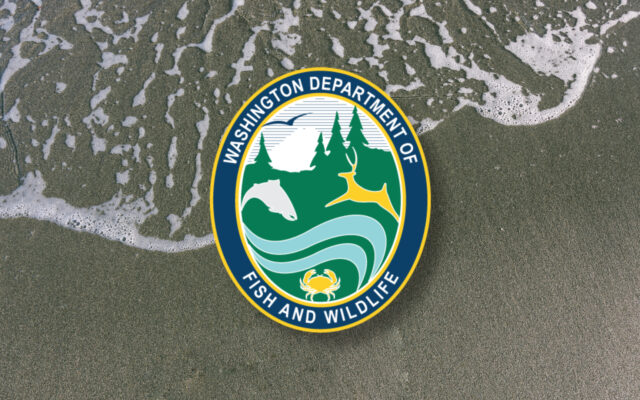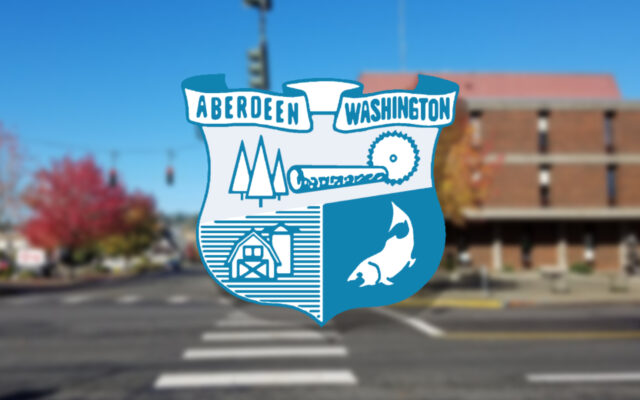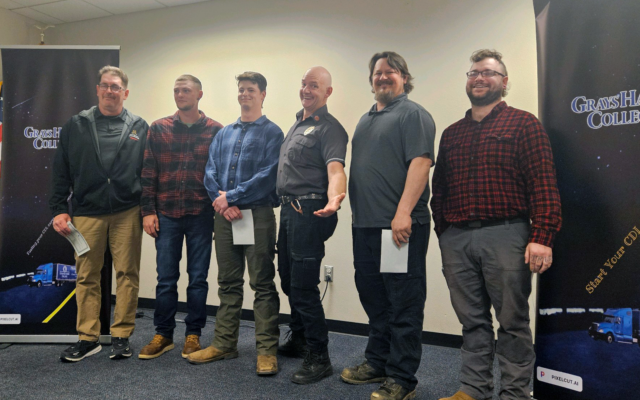WDFW approves seven days of coastal razor clam digs starting Jan. 22

The Washington Department of Fish and Wildlife (WDFW) coastal shellfish managers confirmed that razor clam diggers can look forward to more digging on coastal beaches beginning January 22, 2024.
Seven days of digs have been confirmed.
“With the cold weather behind us for now, we are looking forward to getting back to digging with warmer temperatures and calmer winds,” said Bryce Blumenthal, a WDFW coastal shellfish biologist. “Digging has been good so far this season on all open beaches when the weather and surf conditions cooperate.”
Not all coastal beaches are open for every dig, so diggers are encouraged to make sure their intended destination is open before heading out. Optimal digging occurs between one and two hours before the listed time of low tide.
The following digs during afternoon and evening low tides (noon to midnight only) will proceed as scheduled, after marine toxin results from the Washington State Department of Health (DOH) showed razor clams are safe to eat:
- Jan. 22, Monday, 4:28 p.m.; -0.1 feet; Mocrocks
- Jan. 23, Tuesday, 5:13 p.m.; -0.3 feet; Long Beach, Twin Harbors, Mocrocks
- Jan. 24, Wednesday, 5:53 p.m.; -0.4 feet; Long Beach, Twin Harbors, Copalis
- Jan. 25, Thursday, 6:28 p.m.; -0.4 feet; Long Beach, Twin Harbors, Copalis
- Jan. 26, Friday, 7:01 p.m.; -0.2 feet; Long Beach, Twin Harbors, Mocrocks
- Jan. 27, Saturday, 7:32 p.m.; 0.0 feet; Long Beach, Mocrocks
- Jan. 28, Sunday, 8:02 p.m.; 0.4 feet; Copalis
The DOH requires test samples for marine toxins, and domoic acid levels must fall under the guideline level before a beach can open for digging. Domoic acid, a natural toxin produced by certain types of marine algae, can be harmful or fatal if consumed in sufficient quantities. Final approval usually occurs about a week or less – sometimes two to three days – before the start of each digging series. More information about domoic acid, as well as current levels at ocean beaches, can be found on the WDFW’s domoic acid webpage.
Additional tentative dates in February:
- Feb. 6, Tuesday, 3:52 p.m.; 0.0 feet; Mocrocks
- Feb. 7, Wednesday, 4:41 p.m.; -0.7 feet; Long Beach, Twin Harbors, Copalis
- Feb. 8, Thursday, 5:26 p.m.; -1.2 feet; Long Beach, Twin Harbors, Copalis
- Feb. 9, Friday, 6:09 p.m.; -1.4 feet; Long Beach, Twin Harbors, Mocrocks
- Feb. 10, Saturday, 6:49 p.m.; -1.4 feet; Long Beach, Twin Harbors, Mocrocks
- Feb. 11, Sunday, 7:29 p.m.; -1.0 feet; Long Beach, Twin Harbors, Copalis
- Feb. 12, Monday, 8:08 p.m.; -0.3 feet; Long Beach, Copalis
- Feb. 21, Wednesday, 4:56 p.m.; 0.2 feet; Long Beach, Twin Harbors, Mocrocks
- Feb. 22, Thursday, 5:33 p.m.; 0.1 feet; Long Beach, Twin Harbors, Mocrocks
- Feb. 23, Friday, 6:05 p.m.; 0.1 feet; Long Beach, Twin Harbors, Copalis
- Feb. 24, Saturday, 6:34 p.m.; 0.2 feet; Long Beach, Twin Harbors, Copalis
- Feb. 25, Sunday, 7:02 p.m.; 0.4 feet; Long Beach, Mocrocks
WDFW is accepting public comments on the alternative digging schedule change at Copalis and Mocrocks beaches during January and February. The public may email their feedback to [email protected] through Feb. 29.
On all open beaches, the daily limit is 15 clams per person. Each digger’s clams must be kept in a separate container, and all diggers must keep the first 15 clams they dig, regardless of size or condition, to prevent waste.
All diggers 15 or older must have an applicable fishing license to harvest razor clams on any beach. Licenses can be purchased from WDFW’s licensing website, and from hundreds of license vendors around the state. WDFW recommends buying your license before visiting coastal beach communities. Additional razor clam information is available on the WDFW razor clam webpage.
The Washington Department of Fish and Wildlife works to preserve, protect, and perpetuate fish, wildlife and ecosystems while providing sustainable fish and wildlife recreational and commercial opportunities.



